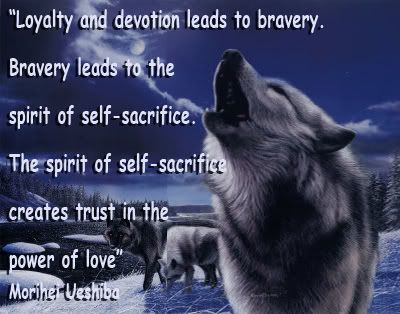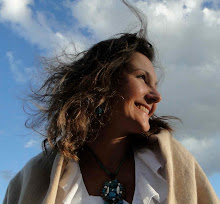
Before we enter into the chapel…we will read this sign. Everything you can read on it, is erroneous!
Built in 1873! Do you really think that such a sophisticate jewel could have been built in one single year? It took 5 to be completed, until 1878.
The Loretto sisters begun to do what they knew best, they pray! And it worked!
After 9 days of prayers (called a novena) to St Joseph, the patron saint of the carpenters…a white bearded-man carrying a toolbox and traveling with a donkey, appear at the convent door, seeking for work… as a carpenter! What a great co incidence!
The sisters employed him immediately. The man built a two 360 degree spiral staircase, piece of art! And disappeared, without even asking to be paid for his labor!

 And this is the object of the controversy.
And this is the object of the controversy.
What everyone agrees on, is that this is artistically evident that the 19th century craftsman who built the staircase in this chapel was a MASTER carpenter. From any angle you look at it, it’s simply magnificent
After many years of thorough research, Mary Straw Cook, the author of the book Loretto: The Sisters and Their Santa Fe Chapel could state with no doubts: Francois-Jean Rochas, was the talented carpenter.
 When I researched on the compagnon’s carpenter from his time, 19th century, these types of stairways were quiet common.
When I researched on the compagnon’s carpenter from his time, 19th century, these types of stairways were quiet common. ‘The compagnons du tour de France’, that’s their exact name, -
‘The compagnons du tour de France’, that’s their exact name, - The young people who aspire to become a compagnon, have to take a two years course, where they learn the basic of their work, then they leave for a ‘Tour de France” which now can be all around the world, for three to five years, in different cities, and with different masters.
The young people who aspire to become a compagnon, have to take a two years course, where they learn the basic of their work, then they leave for a ‘Tour de France” which now can be all around the world, for three to five years, in different cities, and with different masters.The knowledge is transmitted only verbally from masters to apprentice; it is kept secret because only those who deserve it can receive the knowledge.
Even with a nice and well said legend, it’s the labor and chef d’oeuvre which really matter and which is admire centuries later. As a compagnon, I’m sure Rochas understood this. It was not about him, it was about doing something of exception for the benefice of the community. And for the little story, he did receive payment for his labor. (see pictures above from the museums of 'les compagnons du tour de France' of the 19th century.
As Benjamin Franklin said: “Well done is better than well said”.


 sometimes. One sure thing is that it changed forever the life of the Indian people from the Plains.
sometimes. One sure thing is that it changed forever the life of the Indian people from the Plains.


 ar with Eleanor Roosevelt’s quote: “ Yesterday is history, tomorrow is mystery, today is a gift,that’s why we call it present!”
ar with Eleanor Roosevelt’s quote: “ Yesterday is history, tomorrow is mystery, today is a gift,that’s why we call it present!”


 The Zia sun reflects the wealth of spiritualism, teaching the basic harmony of all things in the universe.
The Zia sun reflects the wealth of spiritualism, teaching the basic harmony of all things in the universe.

















